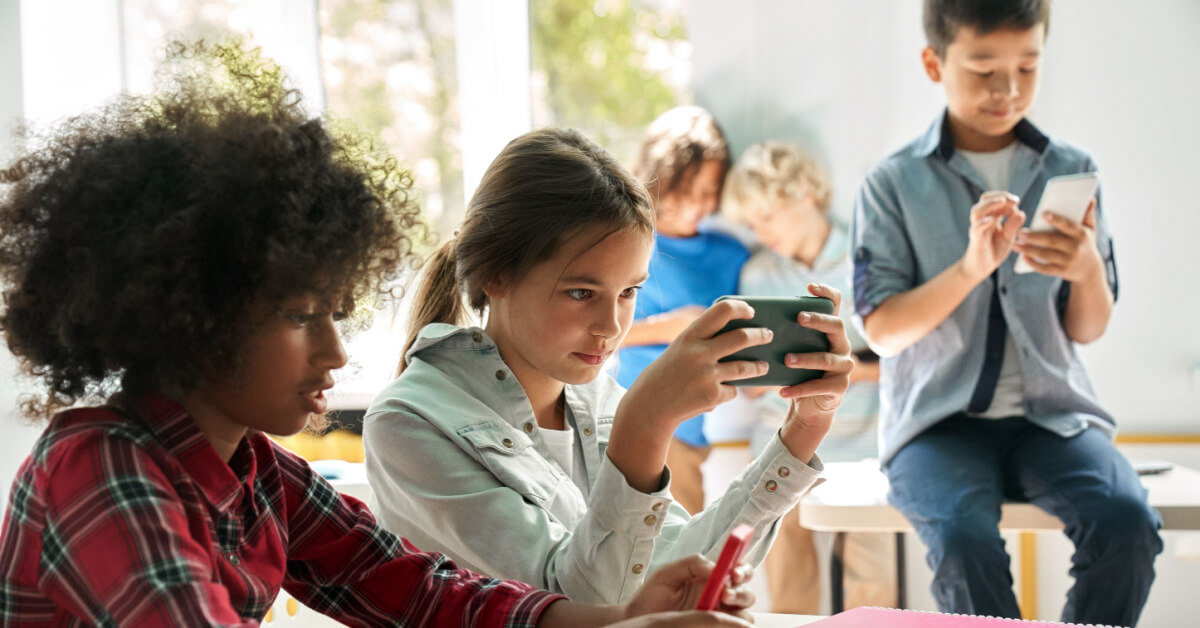February 27, 2023
Dr. Jill Walsh is a sociologist who studies how teens use digital spaces to shape their identities. In Adolescents and Their Social Media Narratives, she explores how students create “personal fables” by curating pictures and posts that reflect an idealized self and affirm their social belonging. Teens spend extraordinary amounts of time on “impression management work” to curate and share what Dr. Walsh terms the “highlights reel” of their lives.
But while digital spaces like Instagram and Snapchat allow students a way to connect, they are also a source of stress. Busily fabricating their best selves through prescribed “rules” designed to make those idealizations appear authentic, teens then closely track the feedback they receive. They interpret comments and likes as “visible representations” of where they stand and who they are. This sifting of feedback is a “very private experience”—one they often endure alone.

Middle schoolers undergo this challenging, often frightening experience just as they are figuring out who they are and who they want to be; this makes them particularly vulnerable…

